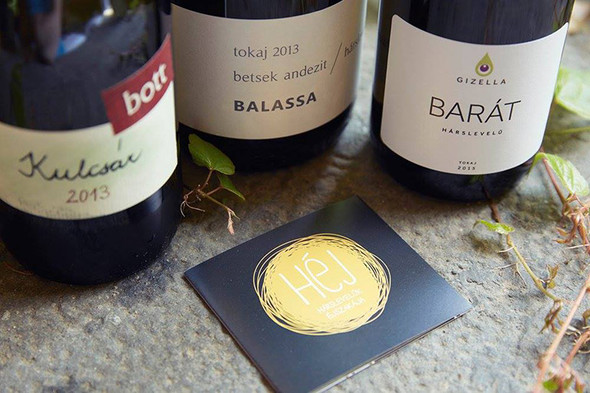Hárslevelű is an important grape variety in Hungary with most of its vineyards located in Tokaj, already producing excellent dry wines for the market. The latest Night of Hárslevelű Wines (HÉJ, by its Hungarian abbreviation) offered a wide selection of this sort of wine to wine-lovers and we could also test the latest items, as well.
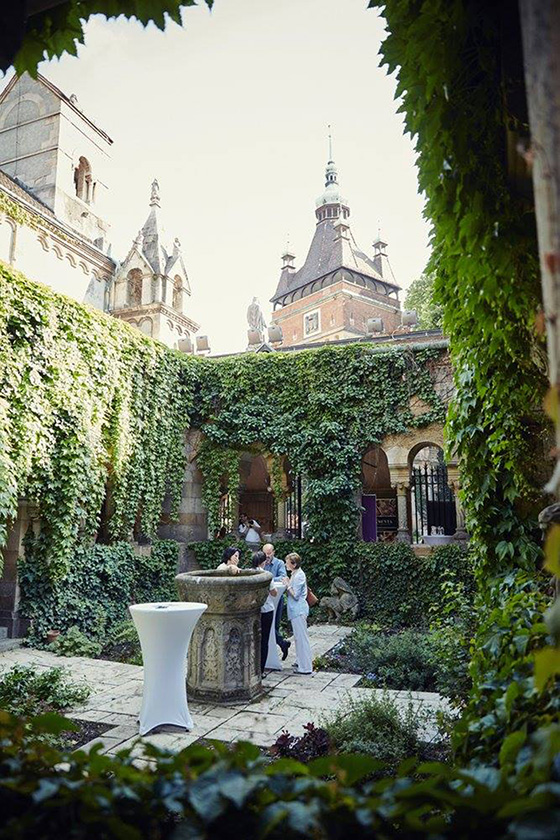
It seems that the major player of Hungarian winemaking today is Furmint with Olaszrizling at its heels, thanks to the size of the vineyards. Even though during the Communism they were both tried to be shown in a bad light (those who lived that time surely remember Olaszrizling and Furmint as the poorest and cheapest wines sold in pubs by the decilitre), today one may watch in awe how these two varieties shine even by international standards. Similarly to these two kinds, Hárslevelű – which is an autochthon variety in the Carpathian basin – also went through its own hell. I mean Debrői Hárslevelű, specifically, which was a significant player of the Eger wine region (more precisely, its Debrő district) as well as of the large-scale mass production of wine, which was typical in Socialist planned economy, generally speaking.
Whereas some Hárslevelű is found in almost all Hungarian wine regions, its main base today is Tokaj-Hegyalja so much so that the potential of Hárslevelű wines from Tokaj is often compared to the potential of Furmint by experts. We must add that the volcanic soil is indispensable for this. Hárslevelű grapes grown in loess soil (see Tarcal in the Tokaj-Hegyalja region) prove to be mellower and more gentle (as well as rounder and sometimes more elegant) and they could be aged for a shorter period. As for their aromatics, these wines are definitely fragrant – mainly of (lime) flowers, honey, chestnut and allspice – but the intensity of their aroma is a bit behind the classical fragrant/ perfumed varieties such as yellow Muscat which also plays a significant role in Tokaj.
Hárslevelű is used as a basic ingredient of late-harvest sweet wines and aszú wines not only in Tokaj-Hegyalja but other wine regions too (for instance, Zala, Somló, Mátra, Villány/Siklós) and is typically used for dry and sometimes for semi-dry wines which appreciate a bit of sitting in the bottle before consumption. While Hárslevelű wines produced from grapes grown in loess soil show their best as soon as after six months, more acidic, barrel-aged items from volcanic soil need as long as two years lying forgotten in their bottles. It must not noted that these latter may be aged for as long as seven years; their acidity will suffice – you will see from an example below.
The organizers of the HÉJ (Night of Hárslevelű Wines) – arranged for the third time – want to make Hárslevelű more popular in Hungary; their objective is to make this variety more widespread and a more evident choice in Hungarian wine culture, in everyday life as well as in gastronomy. Hárslevelű, coming either from loess or volcanic soil, is actually similar to Furmint considering its versatility: when fermented in stainless steel tanks and bottled without any particular aging, it gives a fresh, crispy and happy wine, but a barrel-aged version of a better vintage may actually show the true signs of grandeur. This is how it serves its purpose for weekday dinners, in winebars or restaurants with some steak or roast.
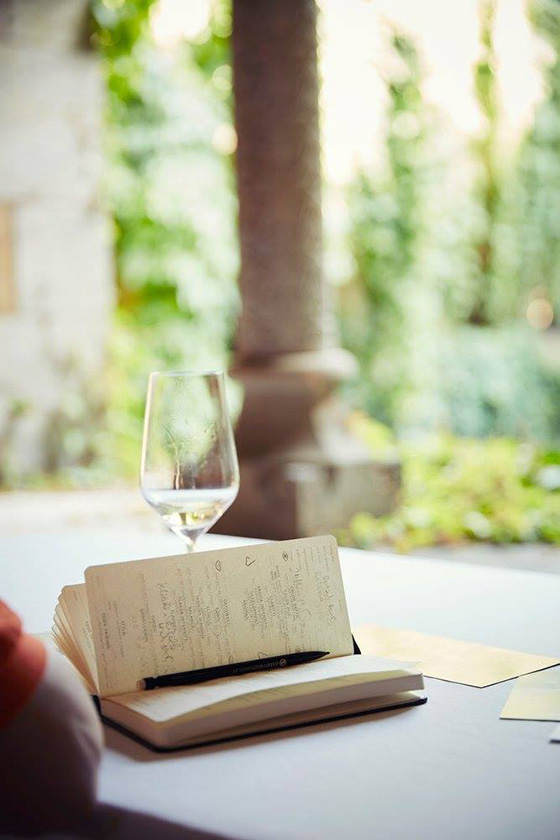
Tasting notes
Basilicus Szőlőbirtok – Hárslevelű 2015 I 85-87 points
In its earlier vintages Basilicus, with its estate centre in Tarcal, had already tried fully barrel-aged Hárslevelű wines but in 2015 wood only partly got in touch with the wine. The majority was fermented in stainless steel tanks, and this could provide a real summer hit: its aroma profile reveals lime and green apples, with vibrant and refreshing acidity. It is a basically light but substantial wine – closed with a screw cap.
Gizella Pincészet – Szent Tamás Hárslevelű 2015 I 86-88 points
Even if Hárslevelű from Gizella Pincészet grown in the Szent Tamás parcel, emblematic in Mád, is still a young item (this is well-indicated in the intensity of aromas from barrel aging), it will be marketed only later. Its scent evokes yellow-petal flowers and allspice, its flavour shows signs of mango and peach with some salty character in its aftertaste. It is a sort of rough diamond in definite need of 12-18 month aging.
Holdvölgy – “Expression” Betsek Hárslevelű 2012 I 87-89 points
After the fermentation, Holdvölgy Winery aged this wine for one year in barrels and let it aged in bottles for an additional three years resulting in the floral, aromatic character of the grape properly blending with the minerality of Betsek parcel in Mád and the spices of the barrel. Jasmine, linden honey and peach scents are detected in its smell, while citrus and green apples dominate its flavour complemented with gingerbread and tropical fruit features. Its structure is characterised by nice posture and long aftertaste, by round and still distinct acidity.
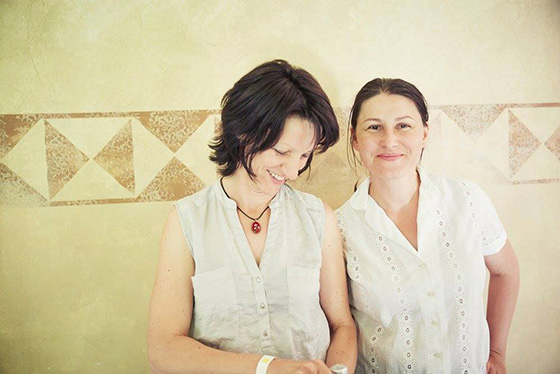
Tokaj Kikelet – Váti Hárslevelű 2015 (sample) I 87-89 points
Even though this wine is not yet fully ready, the winemaker Stéphanie Berecz though it worthwhile to present it to the public and she has indeed made the right decision. Váti Hárs of 2015, from the Tarcal loess soil, is clear and extremely enjoyable with mild and beautiful acidity, its aroma primarily relies on fruits such as peach and pear, its body is light and substantial at the same time. We definitely loved it.
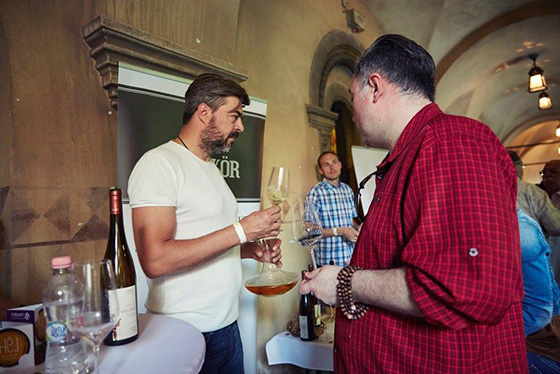
Lenkey Pincészet – Hárslevelű 2009 (sample) I 89-91 points
There is no typo in the year: even though this wine is seven years old, it is still a sample. Géza Lenkey loves to challenge the limits: he does not let the wine out of the barrel too early just because of market pressure. He ages his wines in bottles for a long time, lets them lie in his cellar. There is no consensus in the Tokaj wine region, where the Lenkey cellar is also situated, whether this is the way Hárslevelű should take today. This 2009 version presents a wealth of tertiary aromas both in scent and flavour (dry leaves, hay, smoke, mushrooms, dried fruits) but its structure is exemplary in its tautness, outstanding in vitality and endless in its aftertaste.



